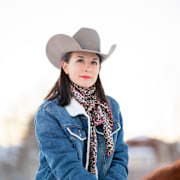Workout Like a Professional Rodeo Athlete

It's not every day you get to peek into the workout diary of a PRCA athlete. Personal trainer Doug Champion, a legend in the rodeo fitness world, opens up about the unique demands of training professional cowboys and why every man can benefit from the rodeo workout regimen. Working with names in ProRodeo, such as Caleb Bennett, Clayton Biglow, and Josh Frost, Doug knows what it takes to keep these athletes at the top of their game.
Why Training is Important
In rodeo, the standard moves don't cut it. It's about variations that incorporate the core and opposite upper and lower extremities at the same time. Because in rodeo, that's what they have to do–they have to lift with one arm and then have their lower body spur in an opposite motion, which is totally unnatural.
Doug emphasizes the goal isn't to recreate the rodeo event but to prepare the body's neurological and physical responses for the chaos of the sport. This training spills over to the cowboy’s skill-specific practice, like working on practice bucking bulls or horses or using spur boards and drop barrels for a controlled setting to create muscle memory.
Rodeo is a very physically demanding sport. In order to compete at the highest level, rodeo athletes are going to have to take care of their bodies, both physically and on the recovery side, with nutrition and sleep. To make a living in rodeo, you have to be able to take advantage of a lot of opportunities along the way because the cowboys are going to a hundred-plus rodeos a year. And if they don't take care of themselves, they physically won't be able to compete and keep going.
So we see a lot more people training because of that reason. The longevity of the sport is how you actually make a living at it. And with the rough stock events, especially, it's inherently hard on the body. The horses and bulls are getting stronger every year. The contractors that own those animals are there; that's their pride. That's their whole life. They're taking care of these animals like athletes, they're on feeding regimens, they're on travel regimens. The stock is only going to get better. That said, the guys must keep elevating themselves to match those animals.
Then on top of that, rodeos are getting to a place now where a lot of prize money is available. An athlete can make half a million dollars or a million dollars a year. Now we're talking about the elite 2%, but still, it's possible.
With the money that can be won, we're seeing a lot more competition in the sense of athletes coming over into rodeo that didn't necessarily come up or were raised as cowboys. Athletes who played college sports or even professional athletes are making a shift to compete in rodeo because they're still able and willing and want to do something athletic and competitive. So guys that have a lot of natural athletic ability and zero rodeo experience are taking off and progressing faster than we've ever seen rodeo athletes do in the past. So the game itself is elevating through fitness and all the things that professional athletes do. It's just the first time that this has ever been a thing for rodeo athletes.
So what does a workout look like for a PRCA athlete? Doug outlines a session that focuses on a horizontal press, a horizontal pull, and a posterior chain or bending motion—starting with a single-arm dumbbell floor press in a dead bug position. It targets the chest and the core and incorporates that essential opposition of movement. Everything done in these workouts is getting the brain to adjust to being able to use those extremities in the opposite fashion while completing a task.
A Rodeo Cowboy’s Workout
- Dead Bug Dumbbell Single Arm Floor Press (8-10 reps)
- Plank with Abduction (30 seconds with continuous movement)
- Plank Row (6-8 reps per side)
Single Arm Deadbug Floor Press

Plank Row
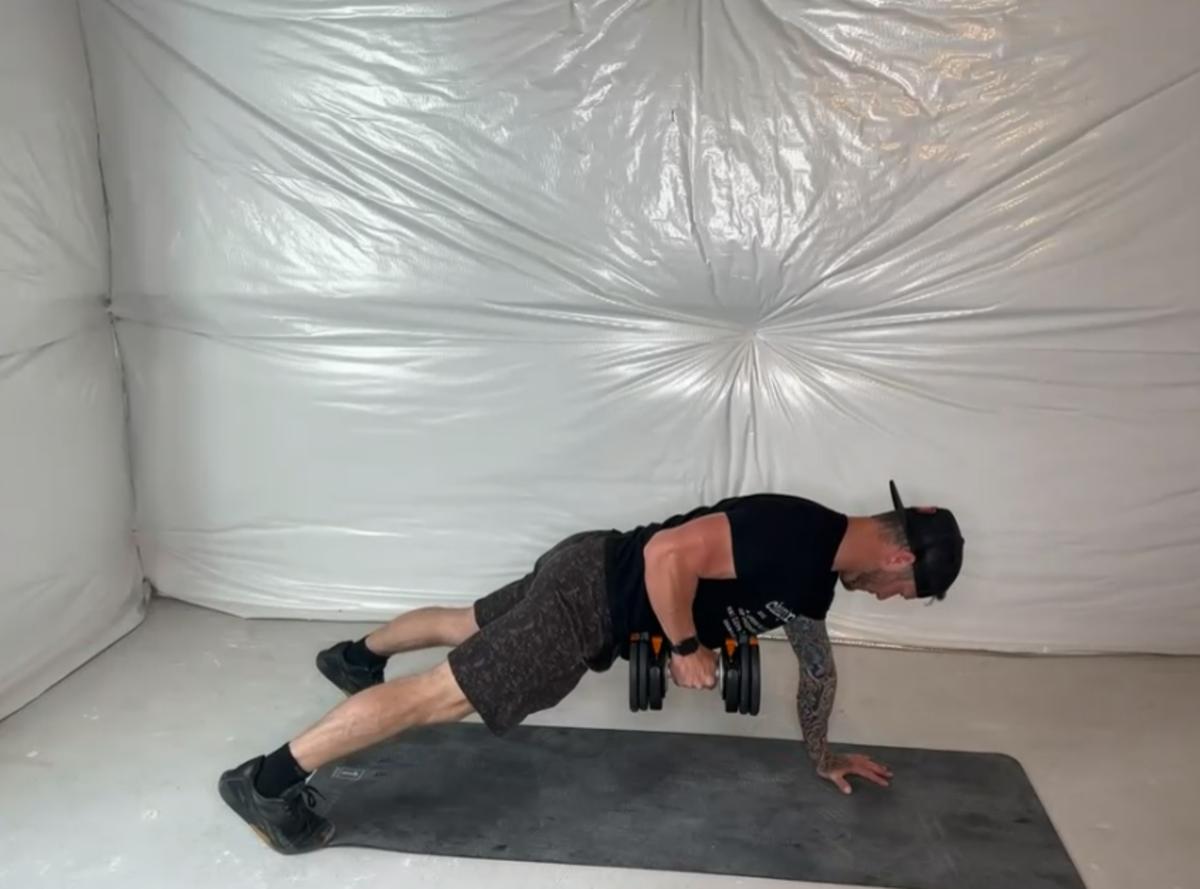
Plank with Abduction
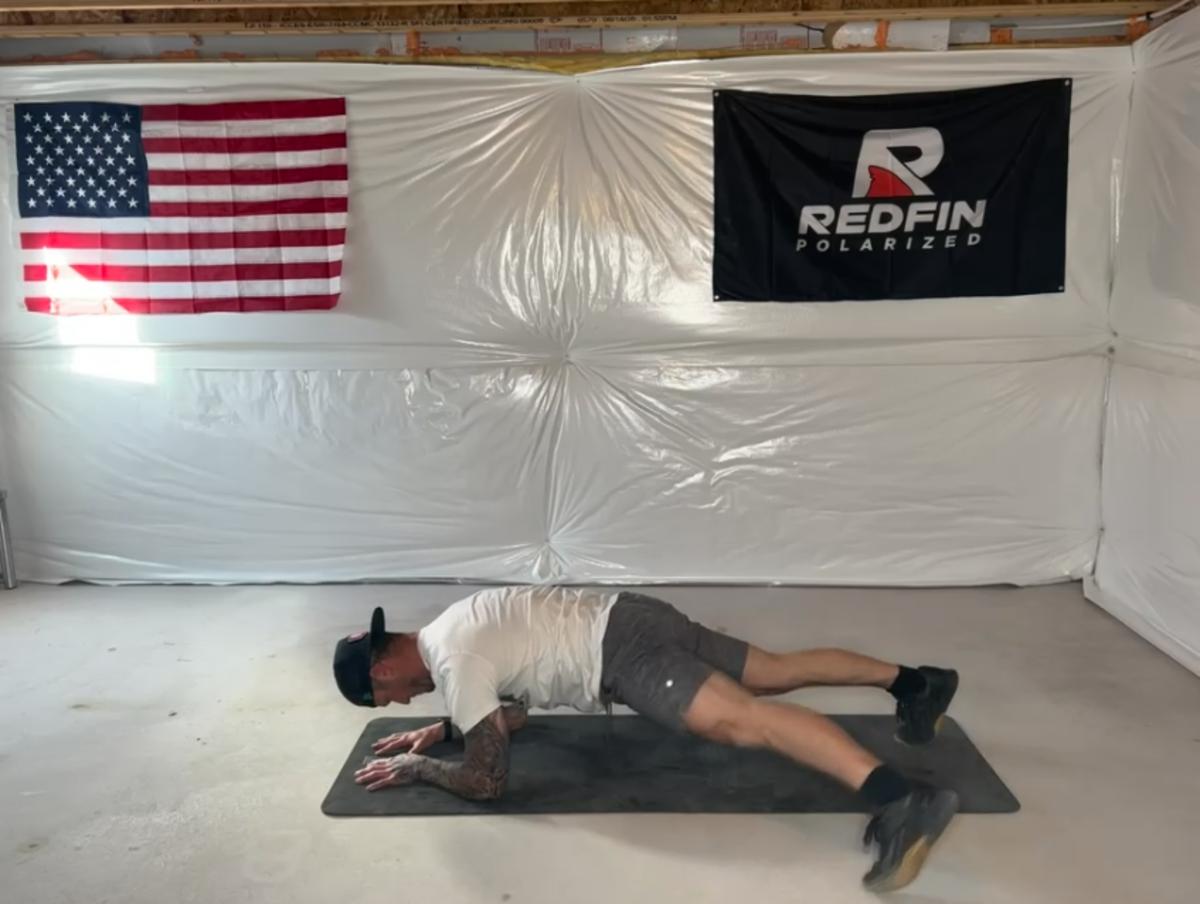
For each of these, Doug recommends rest periods short enough to maintain intensity but long enough to recover—thirty to sixty seconds between exercises and sixty to ninety seconds after each full set. And the name of the game is consistency: three sets of each.
And then the progression continues, keeping the muscles guessing and the sweat pouring:
- Closed Chain Straight Arm Shoulder Rotations (8-10 reps per side)
- Bird Dog Row (6-8 reps per side)
- Copenhagen Plank (10-30 seconds per hold)
Chain Straight Arm Shoulder Rotations
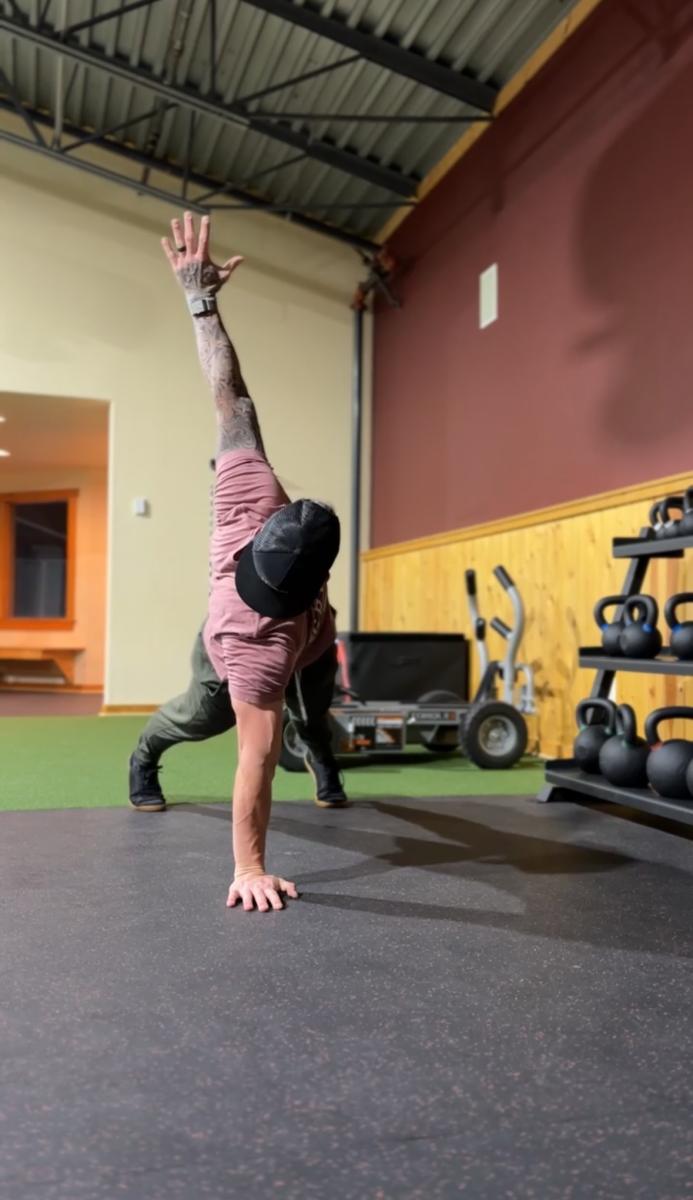
Bird Dog Row

Copenhagen Plank
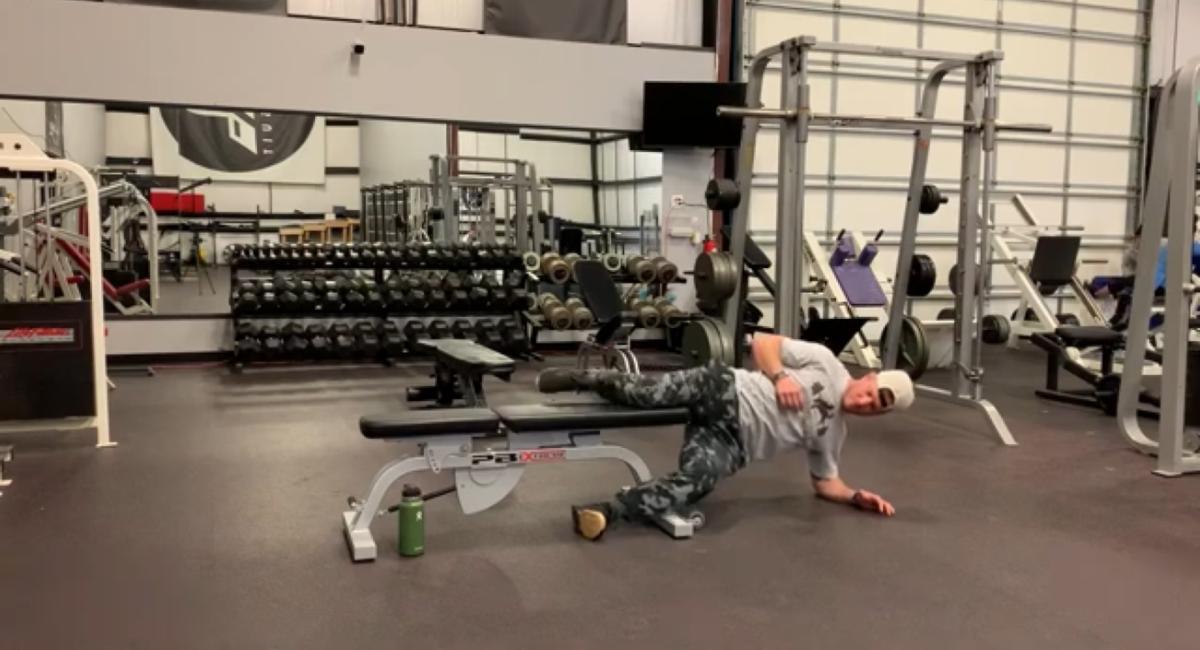
Why The Cowboys Have a Personal Trainer
These are movements that challenge every muscle group, essential not only for the rodeo athlete but for any man looking to enhance strength and durability. Doug's philosophy can be used outside of the arena. It's about preparing for the rigors of life, ensuring longevity in a sport that can be brutally demanding. The training, the recovery and the nutrition are all part of the game.
These guys' workouts are catered toward being a rodeo athlete, but more than that, they're catered toward living a strong life. Yes, the cowboys work out to win world titles, but what they really do is they work out to avoid being crippled the rest of their lives after they're done competing.
They work out so they can run around the yard with their kids, fish, hunt, hike or whatever they enjoy. Ultimately, they work out for the same reason you work out—to be the best human you can be, the best version of yourself you can be, and the strongest version of you so you can have a long, happy, fun life.
About Doug Champion:
- Owner/Head Coach Champion Living Fitness
- OPEX Certified Coach
- 10 years of Personal Training Experience
- 10 years of Bareback Riding (Rodeo)
